| Structure | Name/CAS No. | Articles |
|---|---|---|
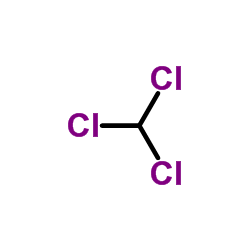 |
Chloroform
CAS:67-66-3 |
|
 |
Ethanol
CAS:64-17-5 |
|
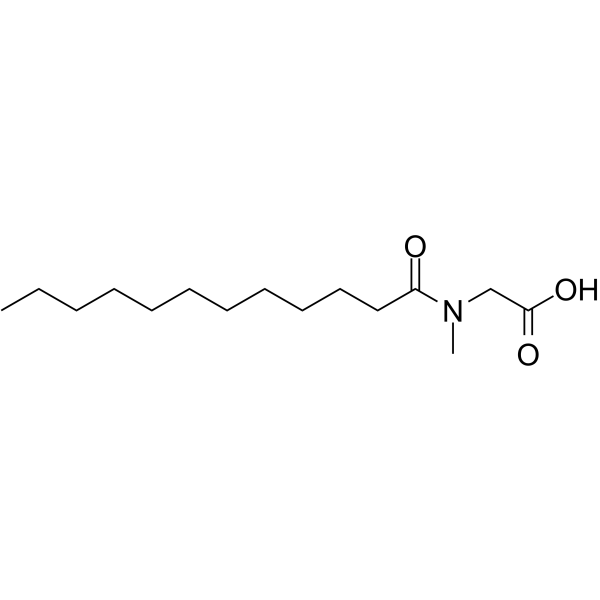 |
N-LAUROYLSARCOSINE
CAS:97-78-9 |
|
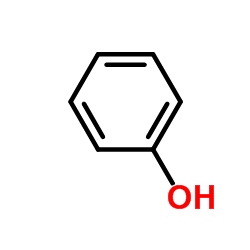 |
Phenol
CAS:108-95-2 |
|
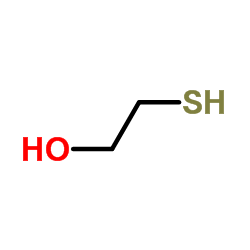 |
mercaptoethanol
CAS:60-24-2 |
|
 |
Guanidine thiocyanate
CAS:593-84-0 |
|
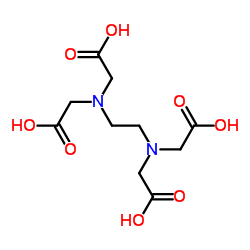 |
Ethylenediaminetetraacetic acid
CAS:60-00-4 |